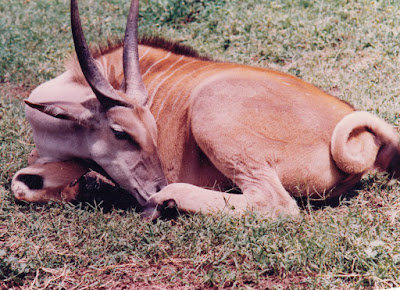http://www.bagchiblog.blogspot.com
It
has now been more than 72 hours that our building was sealed by the
authorities. They have erected barricades on two sides of the building on the
Ridge Road. So even if one gets out of the complex one would not be able to go
on either side unless one jumps over the barricades. That is a tall order for
many, especially for me – an octogenarian. At this age I would be lucky if I am
able to go across a barricade that is a couple of feet high. What we have are chest-high
barricades on both sides. So jumping over the barriers is out of the question.
Hence, the entire community of 13 flats is stuck inside for as many as fourteen
days, Yes fourteen days, which is the quarantine period – a period determined
by the period of incubation of the Covid 19 virus.
The
sealing of the property of 13 flat owners came about because one of them
thought nothing of the advice given by the PM and numerous others including the
TV channels that one should stay at home during the lockdown period. He somehow
obtained a pass and moved around freely or rather indiscriminately in his SUV
with his wife. The wife must have developed symptoms as he got her tested
earlier and even had the common areas sanitised. As she tested positive people
came took her away to Chirayu Hospital – now a Covid 19 hospital. And the following
day they sealed the building and since then we are stuck.
Our
helps have disappeared, the hawkers no longer hawk around vegetables and even
one of the two watchmen have bolted away. Thankfully my wife had bought enough
of vegetables, rice and wheat flour so there is not much of worry on that
score. But I have to have medicines in uninterrupted supplies. I cannot go to
the CGHS dispensary. The government arm dealing with this part of the problem
of confined people has so far been unable to respond.
Claims
are made that supplies of vegetables and groceries would be made door to door
but that is hardly ever happening. The watchman who is around is helping out in
getting the vegetables from hawkers who are somewhere around the barricades. Even
if vegetables are not available one can survive on cereals. These are early
days, perhaps, things would improve as the days roll by. We are, in any case,
luckier than others as we can somehow manage things.
When I think of the government it seems they
have taken upon themselves huge responsibilities. The way the services to both,
the affected and unaffected are being rendered is amazing. The governmental organization
has risen to the occasion as one man and tirelessly taking care of the people.
As they found a corona positive patient from our building the testing unit came
yesterday to do swab tests of every individual in the building. They were
sitting out in the Sun which was doing its best with the late April heat of the
high noon. They were in their PPEs that are made of sheer plastic in multiple
layers that retain the body heat and apparently make it unbearable. One member
of the team was fidgety and I found him trying to open up the PPE as much as
possible. I had nothing but huge amount of respect for them. They were putting
their life on the line to save others and they are in thousands.
It
is not healthcare workers alone who have taken upon themselves the mantle of
being saviours of the people. There are others like the municipal workers, the
sanitisers, the police and allied forces who have been shouldering huge
responsibilities. Medical research laboratories are doing fantastic work and
one feels proud when one realises that the nation can fight any adversity that
might befell it. This massive blow as, I remember, the 1962 war with China,
miraculously raised nationalistic feelings among the common men. Hundreds of
thousands of workers who got locked in without any source of income may have panicked
and started walking hundreds of kilometers for their homes but that sort of behavior
was natural. Eventually, appreciating their difficulties, the states to which
they belonged took it upon themselves to arrange for their transport back home.
The
take away from the misfortune that befell us is that it has perhaps made us a
more cohesive and strong nation. People are ready to meet any challenge that
comes their way. Perhaps all this is because of the Prime Minister’s popularity
among the masses. His repeated calls given in national addresses over the TV
were responded to with enthusiasm by the people.
*photo from internet






















